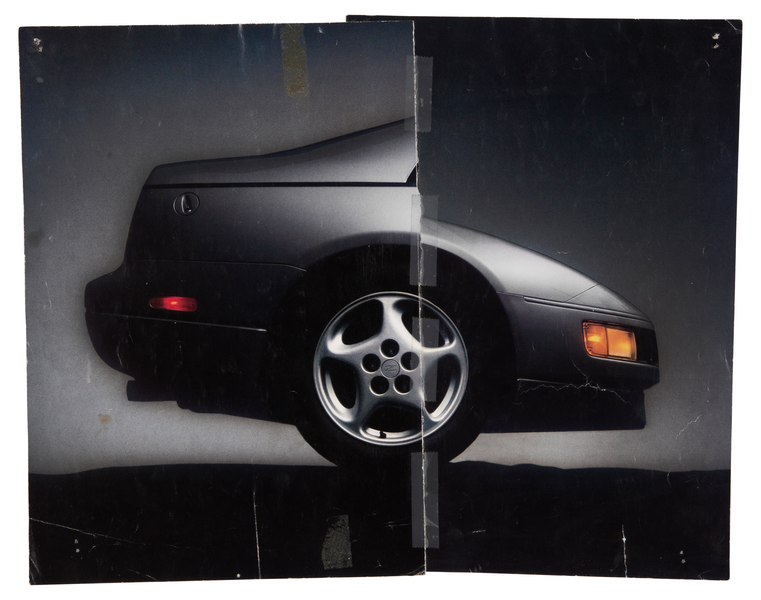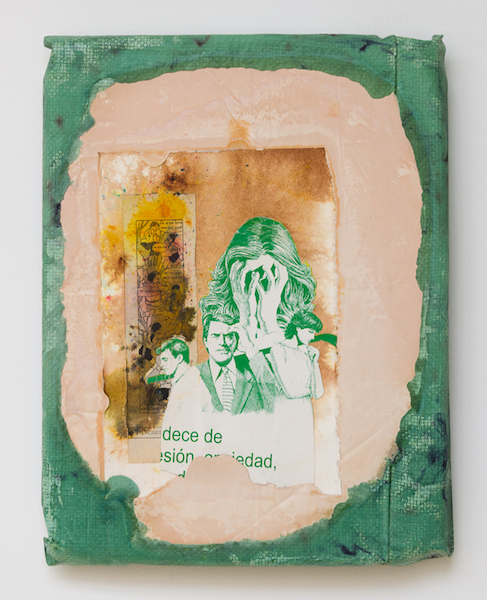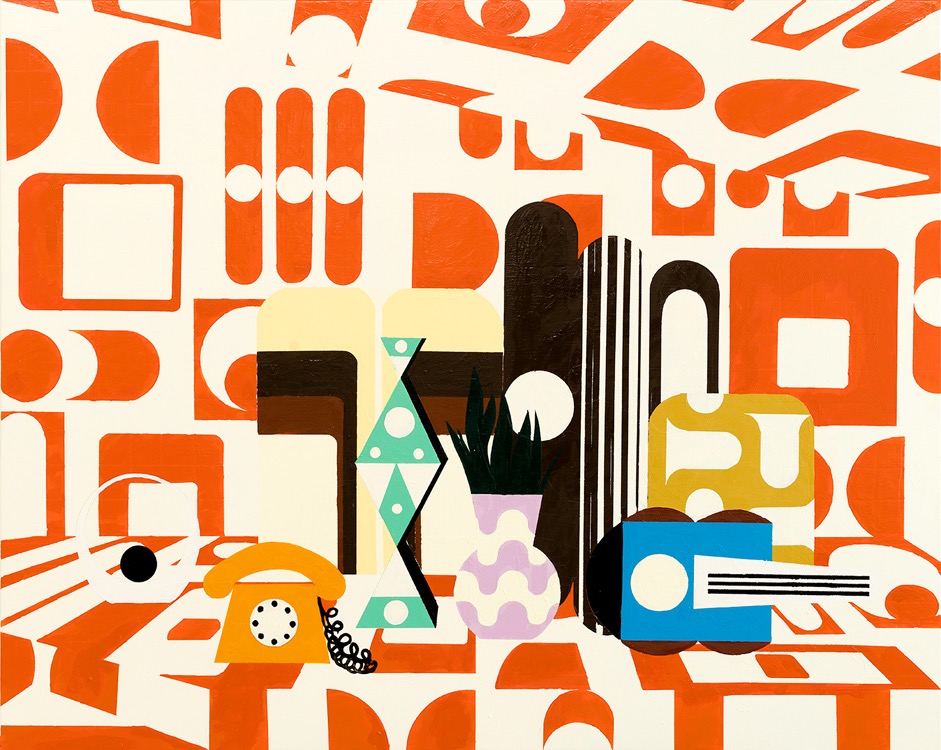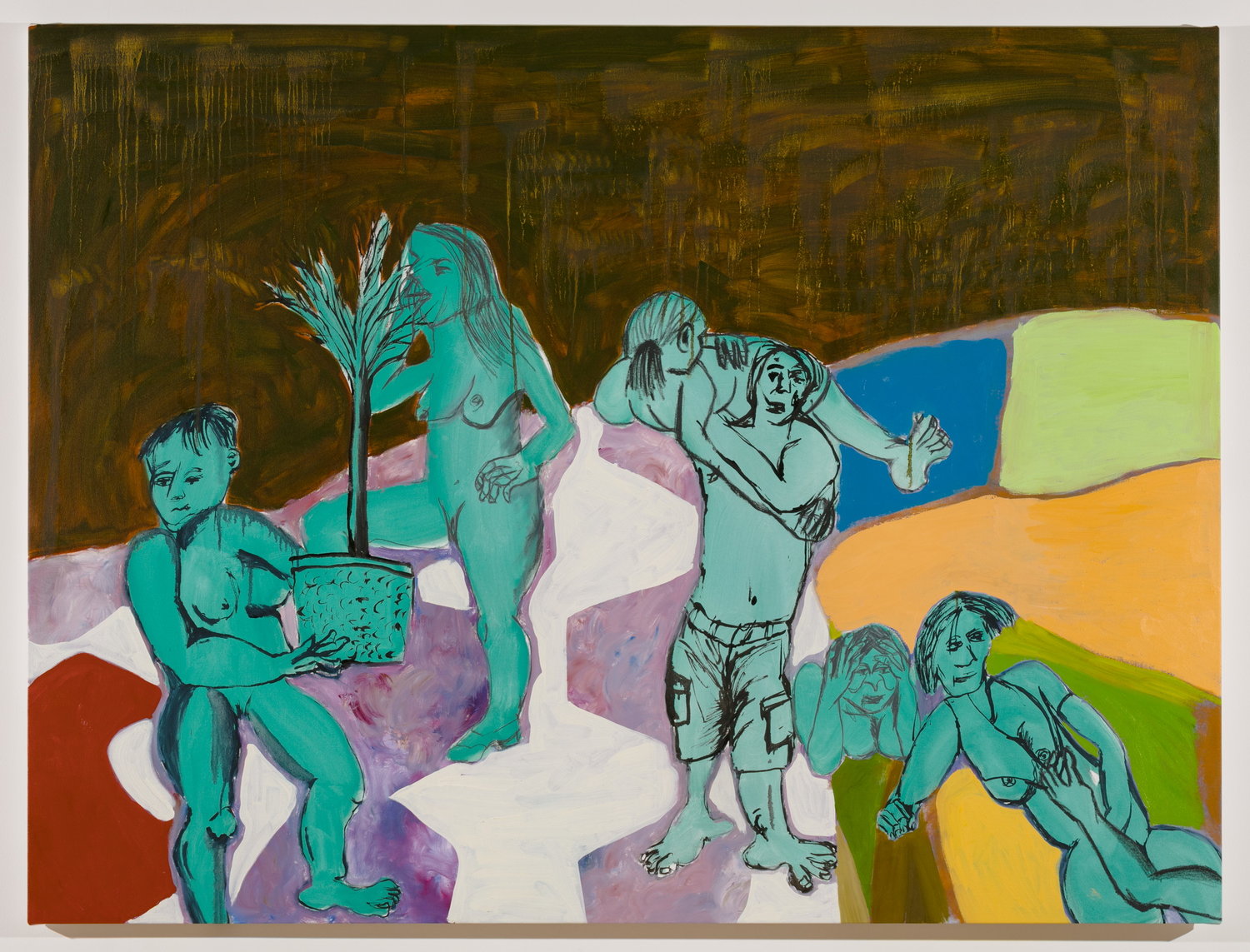PETER CAIN
2017-08-07Peter Cain first achieved fame in the early 1990s for his paintings of distorted automobiles. Rendered with precision, their gleaming surfaces intensified the seductiveness of the advertising images on which they were based. A critic at the time called them “literal and figurative icons of autoeroticism.” The exhibition includes the full scope of these paintings, from classic muscle cars to late-model sedans. Prelude #3 (1990), for example, depicts a Honda sports coupe distilled to a single wheel and fender. Like many of his paintings from this period, it began with an image cut from a magazine and reconfigured into a hallucinatory new form. Several of Cain’s preparatory collages are on view for the first time, along with sketches, source photos, and notebooks from the artist’s archive.
In 1995, in a departure from the cars, Cain began a new series of paintings. Each composition — part figure study, part landscape — depicts his boyfriend Sean’s reclining head and shoulders on a beach. These new works signaled, in the words of critic Peter Schjeldahl, “the creation of a new high style able intelligently to capture intimate nuances of contemporary Eros on a public scale.” The following year Cain took up another new subject: paintings and drawings of gas stations and strip malls around Los Angeles. Though rendered with the same attention to detail, these works omit all typography from the retail landscape, an abstracting device similar to his mutated automobiles.
Opposite – Study for Z, 1989
Exhibition runs through to September 1st, 2017
Matthew Marks Gallery
1062 North Orange Grove
90046 Los Angeles





